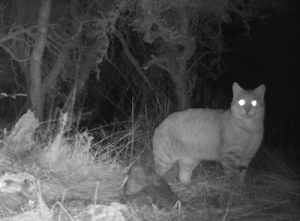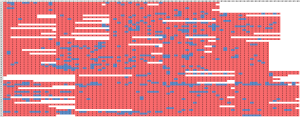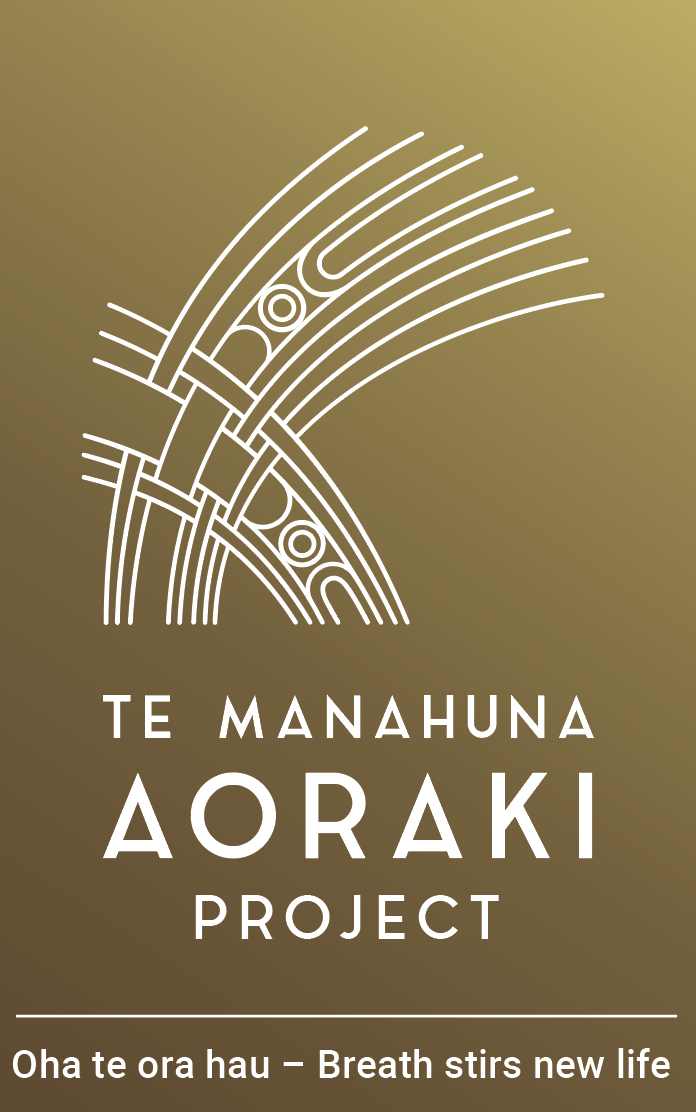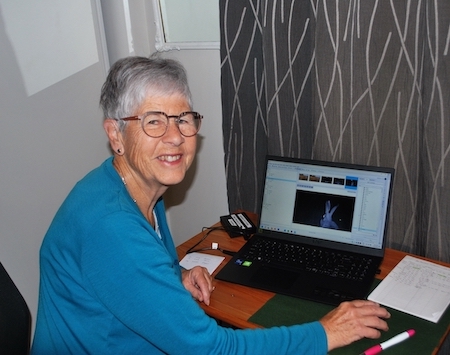It is an involved process. First, we collect the data in the field. Our motion activated camera network at Patersons Terrace has 93 cameras set over 2600 hectares. The team regularly head out to each camera to collect the SD cards and their images.
Next, the SD cards go to out to our pest detectives. The detectives include three Twizel locals and any members of the Te Manahuna Aoraki Project team who have time on their hands. Initially we had hoped to involve more people at remote locations but technical difficulties, and the necessity to have a quick turnaround on the data, means we mostly have to use locals.
 Retiree and former farmer Glenys Moore (pictured above) got involved after seeing an article in the Twizel Update. After training she learnt to quickly identify false triggers like birds or waving grass, as well as pests like rabbits, hedgehogs or feral cats. Since October she has viewed hundreds of thousands of images taken by the cameras and she says she never knows what she is going to find. Highlights have been seeing a banded dotterel, and also keeping an eye on one distinctive feral cat that she has seen roam throughout the site.
Retiree and former farmer Glenys Moore (pictured above) got involved after seeing an article in the Twizel Update. After training she learnt to quickly identify false triggers like birds or waving grass, as well as pests like rabbits, hedgehogs or feral cats. Since October she has viewed hundreds of thousands of images taken by the cameras and she says she never knows what she is going to find. Highlights have been seeing a banded dotterel, and also keeping an eye on one distinctive feral cat that she has seen roam throughout the site.
Once the SD card images have been tagged they are downloaded and the data is digitally extracted, including (and most importantly), the tag information that has been added. It looks like this:

The Te Manahuna Aoraki Project team can then make detection histories for each species. Below is one for hedgehogs. Each row is a camera site and each column is a single 24 hour period, Red ‘0’s = no hedgehogs detected, Blue ‘1’s = hedgehogs detected, white = flat batteries:

This data is then used to make plots of where a species (in this case hedgehogs) are being detected the most (the bigger circles represent cameras with more detections): This tells us what is happening with the hedgehog population at that location, in that specific week.

Data like this is invaluable to the project. It produces up-to-date information that we can use to answer some of our most urgent questions around predator removal. For example it has allowed us to test which hedgehog control tools (traps, dogs or thermal hunting) work best, and also detect and respond to survivors and intruders after predator control.


